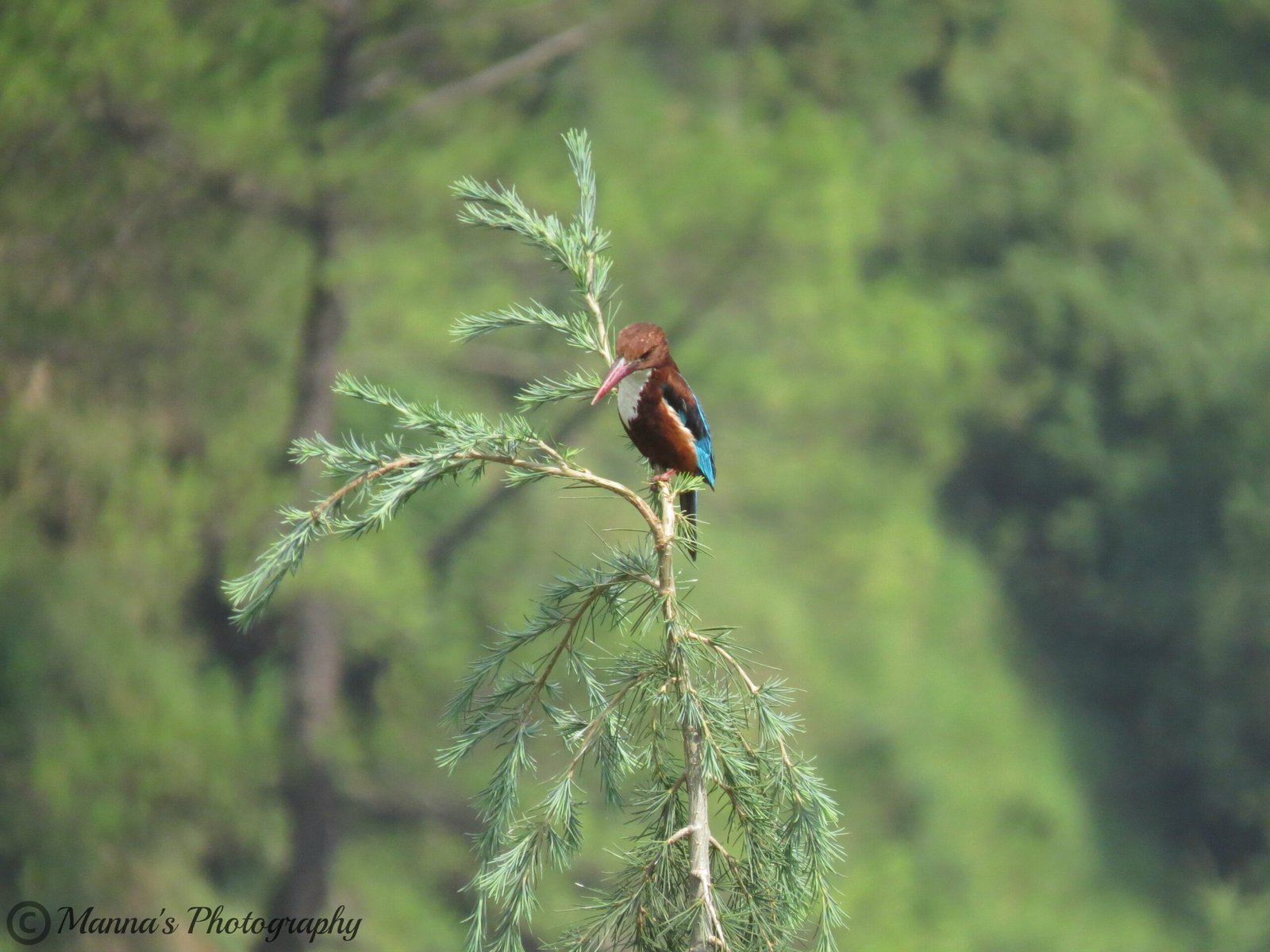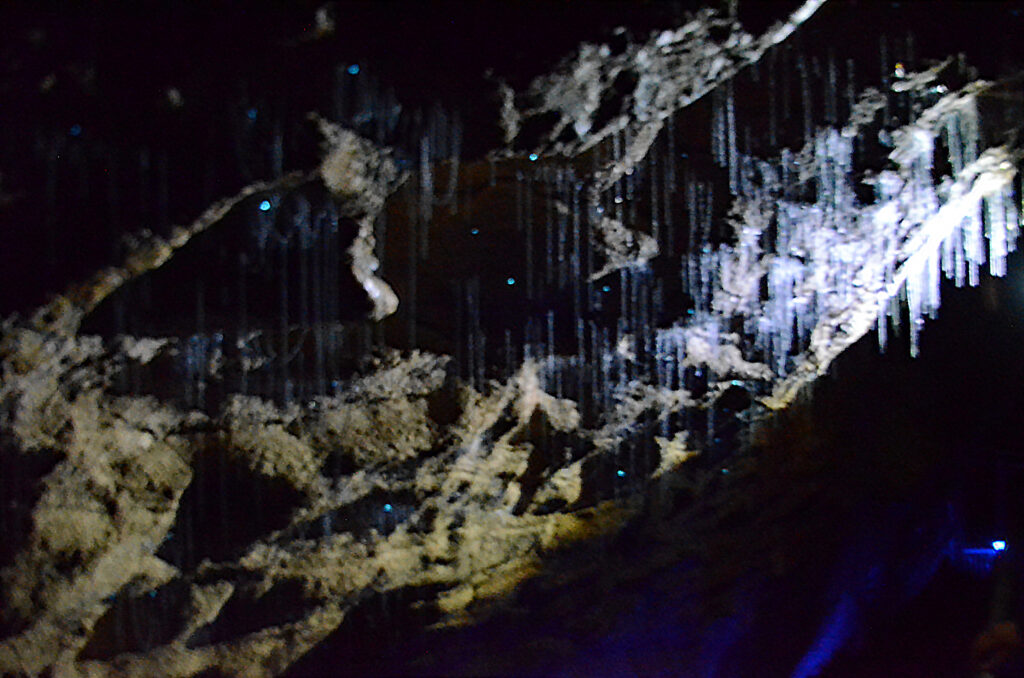Have you ever paused in a forest and truly listened, letting the chorus of birds, the whisper of leaves, and the distant croak of frogs wash over you? Most people don’t. In our busy, bustling lives, the subtle voices of the non-human world are often drowned out by engines, electronics, and endless chatter. Yet, beneath this layer of human noise lies an astonishing soundscape—one teeming with messages, warnings, and stories that aren’t meant for us, but have everything to teach us. The world is alive with communication, and we’re only just beginning to understand what we’ve been missing.
The Language of Nature: More Than Just Noise
Nature’s sounds are not just pleasant background music; they are the primary way many non-human creatures communicate, organize, and survive. For instance, when songbirds sing at dawn, they’re not simply greeting the sun—they’re staking territory, attracting mates, and even warning rivals. Dolphins use intricate whistles and clicks to identify themselves and share information within their pods. Even trees, through the subtle crackle of their leaves and the groan of their trunks, can signal stress and interact with surrounding life. Listening closely reveals a living world in constant conversation, one that’s far more complex and nuanced than we might imagine.
Why We Stopped Listening
As cities have grown and technology has advanced, human-made noise has steadily pushed natural sounds aside. Road traffic, airplanes, and even the hum of household appliances fill our ears day and night. This “anthrophony”—the sounds produced by humans—often drowns out the “biophony” of natural life. Most people now grow up in environments where true silence or natural soundscapes are rare, making it easy to forget that animals, insects, and even plants are communicating all around us. This gradual shift has dulled our ability to perceive these sounds, creating a gap between us and the rest of the living world.
The Science of Soundscapes
Scientists have begun to study “soundscapes”—the total collection of sounds from each ecosystem. By recording and analyzing these soundscapes, researchers can uncover patterns that reveal the health and diversity of an environment. For example, a healthy rainforest buzzes with a rich tapestry of insects, birds, and mammals, while a damaged forest is eerily quiet. Changes in soundscapes can be early warning signs of environmental decline long before visual symptoms appear. By tuning in to these natural choruses, we gain a powerful tool for conservation and a deeper understanding of our planet’s well-being.
Animal Conversations: Decoding the Messages
Many animals have developed sophisticated languages that we are only beginning to decode. Prairie dogs have different alarm calls for various predators, specifying whether the threat comes from the air or the ground. Elephants communicate with low-frequency rumbles that travel miles underground, allowing them to keep in touch across vast savannahs. Even bees “dance” to share information about food sources, accompanied by a gentle buzzing that carries meaning. Each of these examples challenges the idea that only humans use language, suggesting instead that the non-human world is full of voices waiting to be understood.
The Hidden World of Underwater Sound
The oceans are not the silent, empty places they might appear to be. In fact, beneath the waves is a symphony of clicks, songs, and bellows. Whales sing haunting melodies that can cross entire ocean basins, while snapping shrimp create one of the loudest natural noises on the planet. Coral reefs, teeming with life, crackle and pop as fish and invertebrates go about their business. Yet, rising levels of noise from ships and underwater drilling are disrupting these vital soundscapes, making it harder for marine creatures to find food, mates, and safe passage.
Plants: The Silent Communicators?

It might sound surprising, but plants also have their own forms of communication—sometimes even involving sound. Researchers have discovered that roots can emit tiny clicking noises as they grow, and some plants respond to the vibrations caused by approaching pollinators. Recent studies even suggest that stressed plants may produce ultrasonic sounds, far beyond our range of hearing, which could serve as distress signals to insects or neighboring plants. While we are just scratching the surface of this hidden world, it’s becoming clear that communication in nature is more widespread and mysterious than we ever thought.
The Impact of Noise Pollution
Human noise doesn’t just disrupt our own peace—it has serious consequences for wildlife. Birds in noisy cities often change their songs, singing at higher pitches to be heard above the din. This adaptation can come at a cost, as their altered tunes may be less attractive to potential mates or harder for chicks to learn. Marine mammals, like whales and dolphins, are forced to compete with the constant rumble of ships, sometimes leading to stranded pods and broken social bonds. Noise pollution is a largely invisible threat, yet its impacts ripple through entire ecosystems.
Rediscovering the Art of Listening
Simply sitting quietly in a natural setting can be a transformative experience. When we stop and listen, we start to notice the layers of sound that make up the living world: the rhythmic chirp of crickets, the gentle rustle of wind through grass, the distant call of a hawk. For many, this practice becomes a form of mindfulness, reducing stress and fostering a sense of connection with the world beyond our own daily concerns. By rediscovering this lost art, we can rebuild our relationship with nature—one moment, and one sound, at a time.
Technology Helping Us Tune In
While technology has contributed to drowning out the natural world, it also offers new ways to listen. Scientists now use sensitive microphones and artificial intelligence to identify species and monitor populations remotely. Citizen scientists can join the effort with smartphone apps that record and share bird calls or frog croaks from their backyards. These tools bridge the gap between human and non-human, helping to preserve disappearing soundscapes and inspiring communities to protect what they hear. It’s a reminder that, when used thoughtfully, technology can bring us closer to the wild voices that share our planet.
Learning from Non-Human Voices

Listening to the non-human world is not just about curiosity—it’s about humility and wisdom. Every animal call, every rustling leaf, carries knowledge honed over countless generations of survival. By observing and, more importantly, listening, we can glean insights about resilience, adaptation, and coexistence. These lessons have never been more urgent, as climate change and habitat loss threaten the intricate web of life. The more we listen, the more we stand to learn—not just about the world, but about ourselves and our place within it.
A Call to Listen: What Will You Hear?

The world is humming with life, and every day we have a choice: to tune it out, or to pay attention. Listening to the non-human world is a radical act of empathy and curiosity. It challenges us to see ourselves as part of a much larger story, one that is still unfolding with every chirp, croak, and whisper. Next time you step outside, pause—listen deeply. What voices have you been missing?




